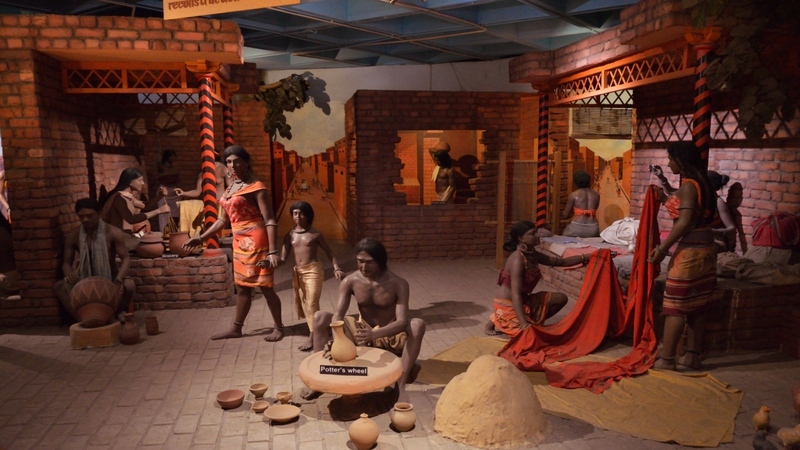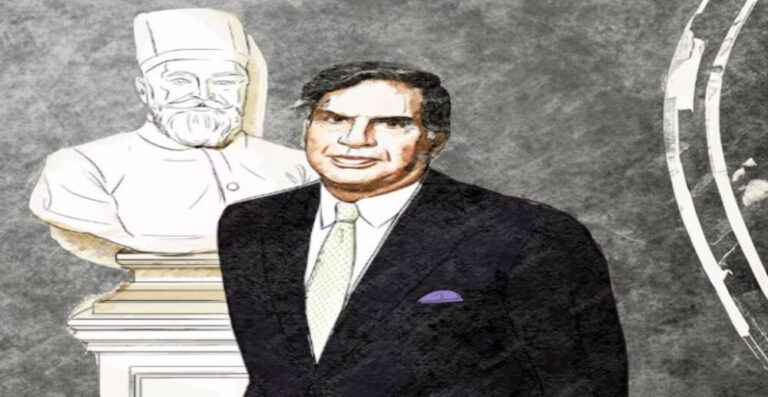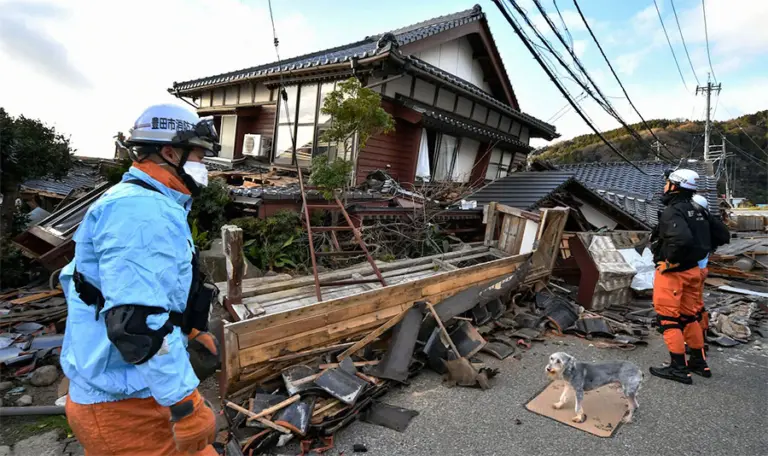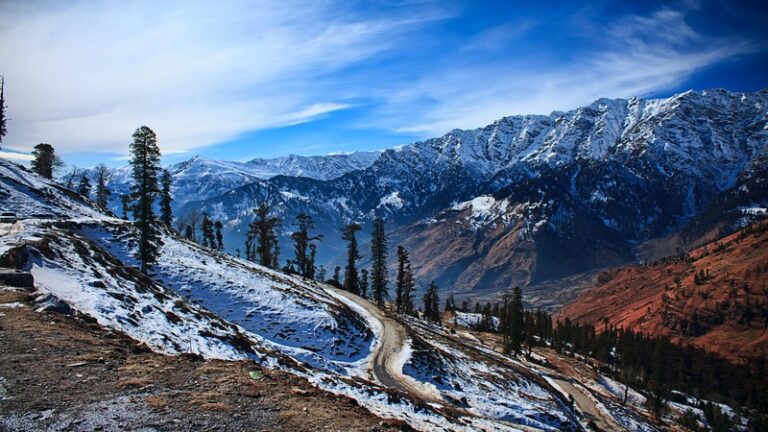The Harappan civilization, also known as the Indus Valley civilization, was one of the world’s earliest urban civilizations, which emerged around 2600 BCE in the Indus River valley, located in present-day Pakistan and northwestern India. The civilization was named after Harappa, one of its largest cities.
Establishment of Harappan Civilization
The Harappan civilization was characterized by sophisticated urban planning, advanced agriculture, standardized weights and measures, and a script that has yet to be fully deciphered. The civilization’s urban centers were highly organized, with planned streets, public and private buildings, and a complex drainage system.
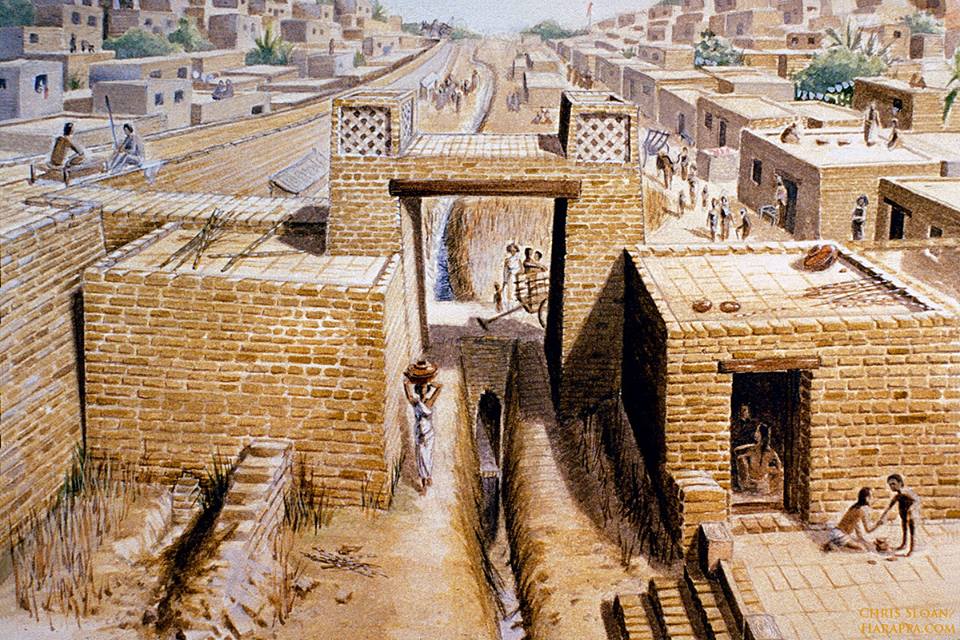
Occupation of the people in Harappan Civilization
The Harappan people were skilled farmers who cultivated wheat, barley, and a variety of vegetables, and they also raised cattle, sheep, and goats. The Indus River provided ample water for irrigation, and the Harappans built canals and reservoirs to manage their water resources.
The civilization’s economy was based on trade, both within the Indus Valley and with neighboring regions. The Harappans traded with Mesopotamia, Oman, and the Persian Gulf, among other places. They also manufactured a wide range of goods, including pottery, textiles, and metalwork.
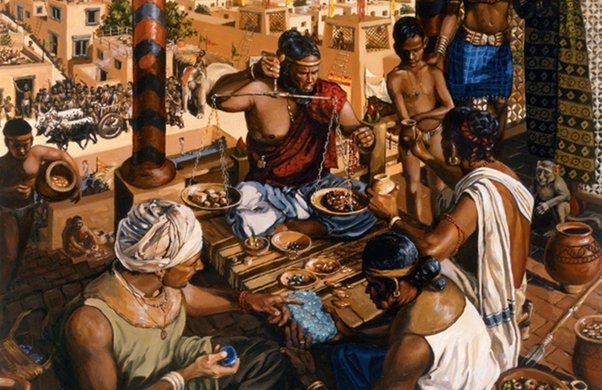
Class system in the civilization
The Harappan civilization had a complex social structure, with evidence suggesting the existence of a ruling class, a middle class, and a lower class. The ruling class may have consisted of priests and officials who oversaw the city’s administration and the management of its resources.
Texts and literature
The Harappan script, which was written from right to left, remains largely undeciphered, and scholars have yet to determine the language or languages that it represents. The script was used on seals and other objects. It suggested that it may have been a system of record-keeping or a form of communication.

Decline
The decline of the Harappan civilization remains a mystery, but there are several theories. One theory suggests that climate change and a drying of the Indus River may have contributed to the civilization’s collapse. Another theory suggests that a combination of factors, including invasion, disease, and ecological degradation, may have played a role.
Despite its decline, it left a lasting legacy. Its innovations in urban planning, agriculture, and trade helped to shape the development of South Asia. Its sophisticated system of weights and measures influenced the region’s commerce for centuries. The Harappan civilization also contributed to the development of Hinduism and other religions that continue to be practiced in the region today.
In conclusion, the Harappan civilization was one of the earliest and most advanced urban civilizations in the world. It flourished for over 1,000 years and made significant contributions to the development of South Asia. Although the causes of its decline remain a mystery, its legacy continues to influence the region and the world.

